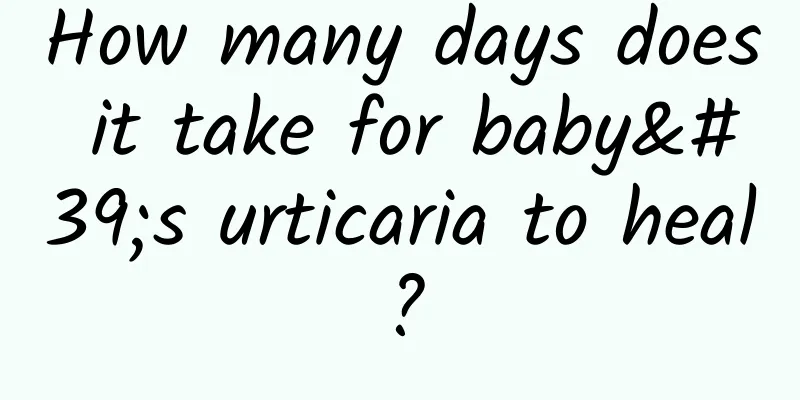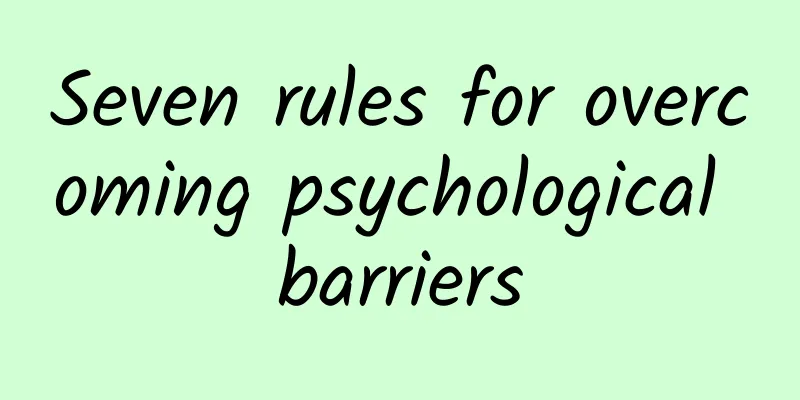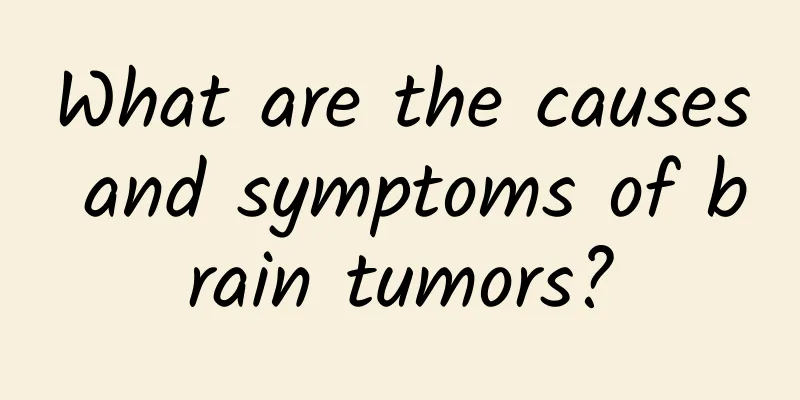Why is it that the child's forehead is not hot but the whole body is hot?

|
The child's forehead is not hot but the whole body is hot. This is also caused by fever. At this time, the child may feel hot and cold. It is common for children to have fever in life. As parents, you must pay attention to it. Monitor the baby's body temperature at any time and perform physical cooling in time. If the temperature exceeds 38.5 degrees, take the child to the hospital for certain drug treatment in time. Causes of fever in children 1. External factors: Children's body temperature is affected by the external environment, such as wearing too many clothes when it is hot, drinking too little water, and poor ventilation in the room. 2. Internal factors: illness, cold, tracheitis, sore throat or other diseases. 3. Other factors: such as preventive injections, including measles, cholera, diphtheria, pertussis, tetanus and other reactions. Fever is only one symptom of the disease, not all of it. When it comes to fever, doctors are concerned about the impact and progression of the disease itself, but parents usually only see the appearance of the disease, such as fever, vomiting, and coughing, and become panicked. What to do if your child has a fever? What to do if your child has a recurring fever? (1) Pay attention to your child’s mental state. If the child has a high fever but is in good spirits, and can still laugh and play after taking medicine to reduce the fever, and is almost the same as usual, it means that the child's condition is not serious and he or she can be rest assured to recuperate at home. If the child is listless, tired, and has a dull expression, it indicates that the child is seriously ill and should be taken to the hospital immediately. (2) Observe the child’s facial complexion. If the child's complexion is normal or flushed, you can rest assured to take care of him at home; if his complexion is dull, yellow, blue, or purple, and his eyes are dull, it means that the condition is serious and he should be sent to the hospital. (3) Observe the child for severe, projectile vomiting. If so, it indicates a brain lesion, and the child should be taken to the hospital. (4) Check the skin for rashes. If so, it indicates an infectious disease or drug allergy. Check the skin to see if it turns purple or cool. If so, it indicates circulatory failure. In both cases, you need to go to the hospital again. (5) Observe the child for abdominal pain and bloody stools. Abdominal pain that does not respond to massage indicates acute abdomen, and bloody stools indicate dysentery, etc., and the child must be taken to the hospital.The nervous system of infants and young children is not yet fully developed, so they are prone to high fever or have their body temperature rise rapidly after taking medicine to reduce the fever. To this end, parents should have a basic understanding. In addition to treating and caring for sick children according to doctor's orders, parents should also learn and master some necessary knowledge to identify diseases. |
<<: What to do if you feel pain all over your body while doing physical work
>>: I have a stomachache, I'm sweating and I have no energy. What should I do?
Recommend
Causes of Cardiogenic Shock
Shock is a sudden symptom that we often hear abou...
Pimples inside the eyes
Eyes are the windows to the soul, and eyes are a ...
What should not be eaten for convex meningioma of the brain
When it comes to the question of what not to eat ...
How do middle-aged and elderly people supplement calcium? Is dietary supplement good?
Since calcium is easily lost in middle-aged and e...
What to do if the eyeball is congested
In daily life, you may have heard of the disease ...
How much windproof should be used?
Many people don’t know what Fangfeng is. Fangfeng...
Chest enhanced CT scan of esophageal cancer
Esophageal cancer is a relatively common disease ...
What is folliculitis
Folliculitis is mainly characterized by acute or ...
Manic Disorder
Patients with manic disorder often lose control o...
What to do if your ankle is sprained and there is effusion
If you have an ankle sprain and fluid accumulatio...
Toxicity of Aconite to Liver and Kidney Damage
Lu Te Technology itself is harmful, but after lon...
What is a normal blood sugar level for dinner?
Blood sugar is the sugar content in our blood, wh...
What is the TCM treatment for depression?
Speaking of depression, many friends think that t...
What is the treatment for pituitary microadenoma?
The pituitary gland is a tissue located in the ce...
What to do if your hand is swollen after infusion_What to do if your hand is swollen after infusion
Many people's hands will become red and swoll...









